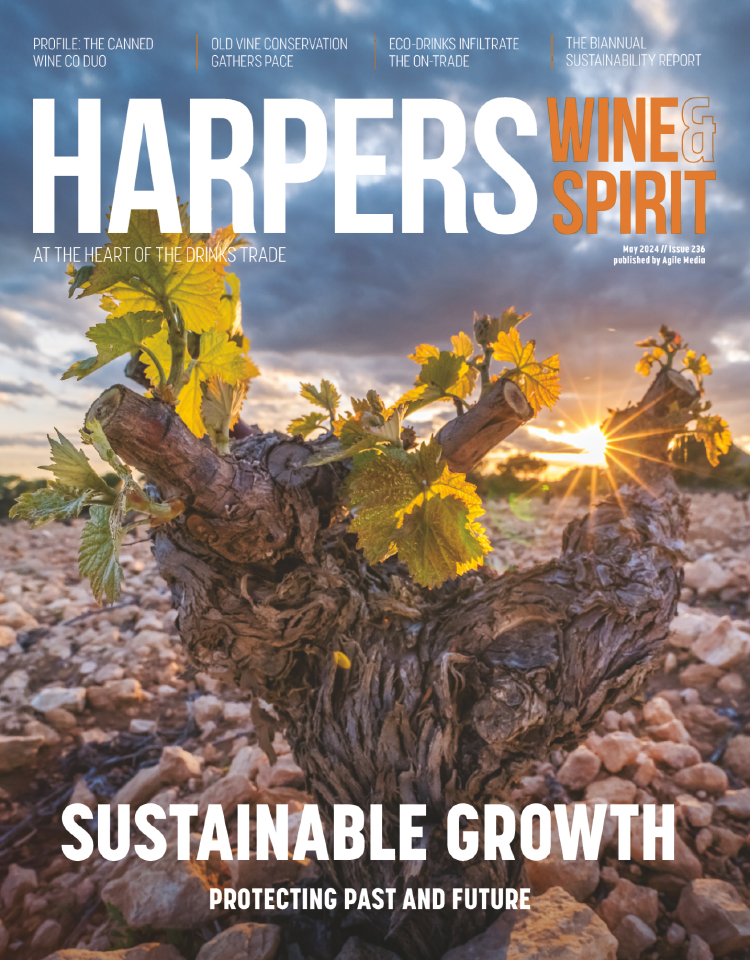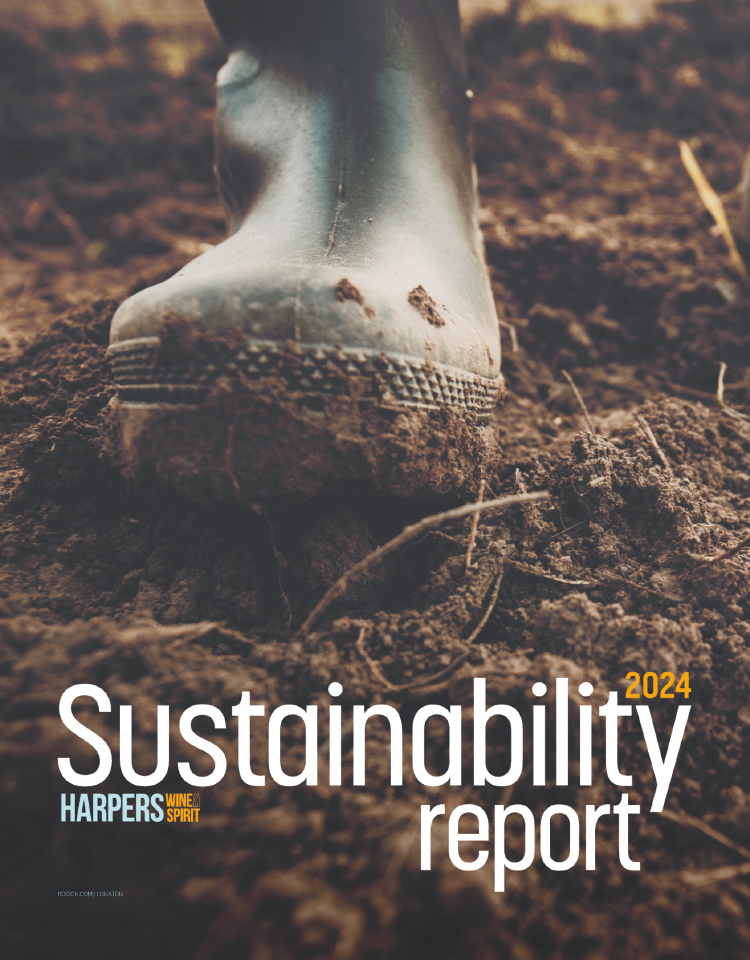
Chianti Classico Collection offers taster of ‘new normal’ for events to come
In many ways London’s first significant regional wine event of 2021 bore all the familiar, pre-pandemic hallmarks of a regular Spring tasting. Heading to the India Room at The Oval, transport ran predictably late and the weather was so awful that wind and rain stopped play between Middlesex and Surrey just as Harpers entered the glass-sided cricket viewing gallery-come-tasting room.
Without the pleasant distraction of leather on willow, it was time to get to work on the 27th annual Chianti Classico Collection.
This, though, was no ‘ordinary’ physical tasting. Within a strict two hour time slot on either 20 or 21 May, each taster was assigned a solo table, complete with QR code to scan and then order up flights of up to six wines, poured at table by an attendant Italian sommelier. Meetings with producers could also be booked via the Bottlebooks platform days before, during and after the tasting.
Very well organised, if understandably slower when it came to the speed at which one could progress through the wines, it was an insight into how tastings may well be run for some time to come.
Hat’s off, then, to the organisers, who also ran Covid-safe Chianti Classico Collection tastings in Florence, New York and Chicago, with Munich and Tokyo yet to come.
Asked why it was important to run physical rather than virtual tastings, Giovanni Manetti, chairman of the Consorzio Vino Chianti Classico, told Harpers that both the scope offered by the 180+ bottle, multi-vintage tasting and the use of 75cl bottles over small and more variable samples was key to communicating the progress in the region.
“It was necessary to maintain the [traditional, physical] tasting because the most important thing is to taste the new vintages for press or trade, but also for us, the vintners, to show the product and with regular bottles, not the little ones, because they are not so representative,” he said.
“So we arranged six different in-person wine tastings, in six different cities… everything is very new and we have to adapt our strategies and activity to the new scenario, we’re trying to do our best.”
With Chianti Classicos showing from the 2019 to 2016 vintages, plus Chianti Classico Riservas and Gran Selezione wines ranged from 2018 to 2015, covering a run of generally elegant and good years, the message, said Manetti, was to continue to drive home the evolution in the DOCG.
“What we can see is all the investments in quality that all the producers have done for many years, making the Chianti Classico that is requested by the market, by the public,” he added.
“We are stronger than before and the direction that everybody is following is not just about quality, but quality connected with territoriality, so the efforts are to make really unique, authentic wines strongly connected with our territory.”
The move in recent years among Chianti Classico producers to re-focus on Sangiovese, sometimes with the addition of small amounts of the “salt and pepper” of traditional Tuscan red blending components such as Canaiolo and Colorino, was evident across the tasting flights. Conversely, the blending of international varieties was noticeably thinner on the ground.
Backing up this ever-closer focus on the differing characteristics of “the specific micro-sites”, the Consorzio has continued with its mapping and studies of the differing characteristics of village and vineyard sites, to help trade and consumers understand the diverse expressions across the DOCG.
Manetti also highlighted the part sustainability is playing in bringing this emphasis on terroir into focus, revealing that in the two years from 2018 to 2020 alone organic certification in Chianti Classico’s 7,000ha of vineyards had risen from 40% to 52%.
“The sensibility of the Chianti Classico producers regarding sustainability is that if the goal is to transfer the territory into the bottle, first of all you have to respect nature,” said Manetti, whose own estate, Fontodi, is run on fully organic and sustainable principles.
Asked about how Chianti Classico sales, both domestic and globally, has stood up across the pandemic, Manetti said that despite restaurants and hotels – the region’s most important single market at 40% of sales – being closed around the world, the DOCG “lost just 8%” in 2020, with the globe-wide pivoting to online sales as a “balancing compensation”, with off-trade sales also booming.
“Now, with restaurants opening inside in Italy from 1 June, and opening elsewhere as well, they are starting to place orders,” he added.
“In the first four moths of 2021 we are up 1% from 2020, but we are plus seven [%] in comparison with 2019, which is a very good sign of recovery – with the restaurants reopening we hope the performance now will be even better.”
With the 2019 Chianti Classico wines looking good, and the 2018 Classico and Riservas getting into their stride with an appealing mix of elegance and fresh intensity, the 27th Chianti Classico Collection tasting rounded off in typically Tuscan fashion with mini-flights of Vin Santo and wine estates’ olive oils.
On that high note, the cricket could wait for another day.
Keywords:
- new
- years
- Producers
- Wines
- tasting
- tastings
- DOCG
- focus
- Chianti
- QR
- classico
- manetti
- chianti classico
- classico collection
- differing characteristics
- classico producers
- physical tasting
- chianti classico collection
- chianti classico producers
- really unique authentic
- authentic wines strongly
- unique authentic wines






